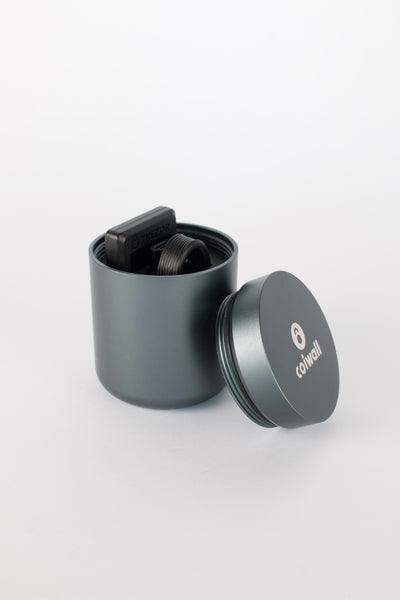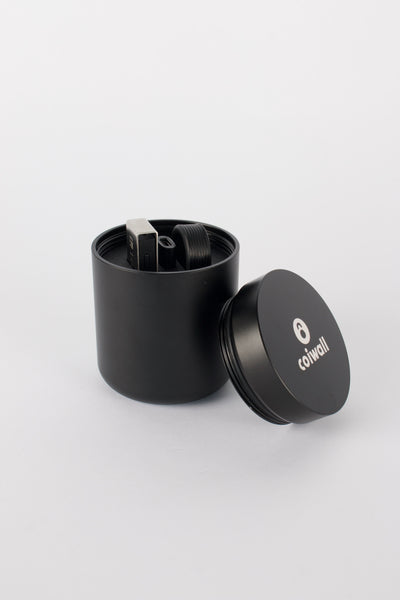Picture this: you're riding high on a crypto bull run, margins dancing in green, and your phone keeps pinging with notifications from your favorite exchange. Suddenly, the market pivots south, assets drop, and next thing you know—your leveraged position is gone. Poof. That's liquidation, and it's way more common (and emotional) than newcomers think.
So What Exactly Is Liquidation, Anyway?
Let's keep it simple. In the cryptocurrency universe, liquidation is the process of converting assets—usually from leveraged positions or collateral—into cash to cover losses or pay back borrowed funds when prices swing against you. It's a word that’s borrowed from the legal and business world, where companies facing bankruptcy have their assets sold off to pay creditors. But in crypto? It’s more personal. It means your position gets sold off—by force—often at lightning speed, to prevent further losses for you and (more importantly) for the lenders or exchanges putting up the collateral.
Not Just for Crypto Pros: Why It Matters for Everyone
Honestly, you don’t need to be a Wall Street hotshot to feel liquidation’s impact. Even if you stick to spot trading and never open a margin position, market-wide liquidations can spark wild price swings, triggering fear, uncertainty, and chaos. So whether you’re trading Bitcoin, stacking Satoshis in a hardware wallet, or just watching from the sidelines, understanding liquidation is essential. It’s a lesson many learn the hard way. But you know what? If you ask ten crypto traders about the first time they got liquidated, every one of them can tell you the story—usually with a wince and a laugh.
How Does Crypto Liquidation Actually Work?
Let me break it down. Leverage is a double-edged sword, like borrowing your neighbor's lawnmower to trim just a tiny patch—until you find yourself cutting the whole street. In crypto, leverage lets you control a larger position with a fraction of the capital. Say you deposit $100, open a 10x leveraged long position worth $1,000. But if the market moves against you by a mere 10%, your equity evaporates and—bam—liquidation bots kick in, selling your collateral to reclaim the loaned funds.
- Margin Calls: First, exchanges will nudge you if your collateral ratio drops. If you ignore it, you’re on the fast track to liquidation.
- Automated Process: On most platforms, it’s entirely automated. No friendly broker, just an algorithm racing against the market.
- Losses Locked In: Once your position is liquidated, whatever collateral you had is sold to cover the debt, and any remaining losses are yours to absorb.
The speed? It’s breathtaking—sometimes blurring the line between calculated risk and rollercoaster regret. This fast-paced action is one reason why exchanges like Binance, Bybit, and Kraken publish 24-hour liquidation statistics; so traders can gauge market risk and volatility at a glance.
Why Does This Happen So Fast in Crypto?
Remember the 2008 housing meltdown, when banks scrambled to offload bad mortgages? Now, imagine that happening in seconds. Crypto never sleeps, trades globally, and is infamous for wild swings. Add leverage, and any quick move can spark a cascade—sometimes billions in longs or shorts liquidated in mere hours. This snowball effect can even tank or spike prices further, amplifying the emotional turbulence.
Who Feels the Sting? (Spoiler: It's Not Just You!)
The pain of liquidation is only partly yours. Sure, your position gets wiped out. But for lenders, exchanges, and even the broader crypto market, mass liquidations can trigger wider liquidity crunches, quick rallies, or gaping price drops. It can get pretty wild, especially when volatile assets or thin markets are involved—think meme coins or the smaller alt-layer ones.
Liquidation isn’t just something that happens to big fish. Retail traders, institutions, bots—nobody’s immune. Even well-heeled investors trying to arbitrage market inefficiencies can and do get caught off guard.
But Why Risk It? Is There an Upside?
Here’s the thing: leverage, when used wisely, can turbocharge gains and unlock new trading strategies. But the risks are real, immediate, and sometimes unforgiving. It’s like driving a turbocharged car on a twisty road; thrilling, sure, but a tiny misstep and you’re in the guardrails.
Liquidation Tools: Know What You're Using
If you’re trading with leverage, you need to know your tools. Many exchanges offer liquidation calculators, notifications, and mobile alerts. There are also specialty services and third-party dashboards—like Coinglass and CryptoQuant—that monitor global liquidation trends, helping you avoid herd behavior or spot an impending massacre before it happens.
And if you prefer to sleep at night, maybe stick to self-custody in trusted hardware wallets. Trezor and Ledger aren’t built for margin trading—quite the opposite. They’re the vaults, the digital equivalent of burying your gold under the floorboards. If your funds are in cold storage and you’re not using them as leverage, nobody can liquidate your position by force. Losses only happen if you choose to sell. That's a comfort, isn't it?
Tips to Dodge Liquidation (Or, At Least, Lessen the Blow)
- Set Conservative Leverage: The lower your leverage, the more breathing room you have against volatility. Some seasoned traders stick to 2x or 3x—even if exchanges tempt them with 20x, 50x, or higher.
- Always Use Stop-Loss Orders: Don’t try to outsmart the bots. Set stop-losses so that if your trade goes sour, losses are capped before margin calls arrive.
- Keep Some Dry Powder: Maintain extra collateral in your account. It might just save you from that forced sell-off.
- Understand Exchange Rules: Every platform has its own formulas for margin requirements and liquidation. Read up—seriously.
- Consider Hardware Storage: For hodlers, keeping crypto in a hardware wallet like Ledger or Trezor protects your long-term stash from forced sales or hacks at the exchange level.
The bottom line? Crypto liquidation isn’t just a technical buzzword—it’s a risk management reality that shapes trader decisions, market moves, and even community sentiment. Those moments of forced selling can be brutal, but with care, research, and the right tools, you can stay in the driver’s seat—even when the markets get wild. And sometimes, folding your cards early with a stop-loss stings less than letting a liquidation bot do it for you. Just something to think about, next time you’re tempted to crank up that leverage for a quick win.
Final Thoughts: Stay Safe, Stay Smart
Crypto is no stranger to dramatic ups and downs. Embracing the excitement is part of the fun, but managing risk—especially around liquidation—is how you stay in the game for the long haul. Whether you’re a hardened trader or just stacking sats for a rainy day, know your limits, keep learning, and remember: holding your own keys in hardware wallets like Ledger or Trezor means you never, ever wake up to a liquidation email.











